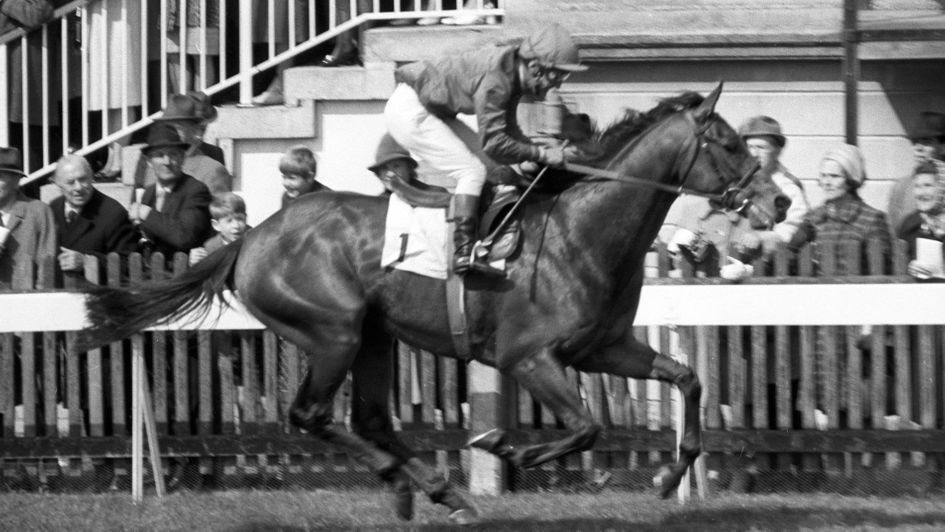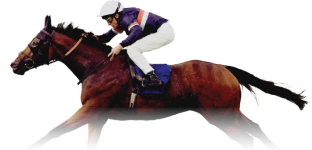Earlier this week - very nearly ten years to the day that he put up an astonishing performance to win the 2000 Guineas - Frankel was announced as the first equine inductee into British racing’s first official Hall of Fame.
Further greats of Flat racing over the last five decades will join him in due course. High on the shortlist, no doubt, are the two outstanding colts whose paths crossed in another memorable edition of the 2000 Guineas 50 years ago.
Frankel is the best of only a dozen or so horses to have achieved a Timeform rating of 140 or more. On average, therefore, you would expect horses that good to come along maybe twice a decade. The chances of two such horses being around at the same time, let alone ever meeting each other in a race, are therefore extremely remote, but that’s what happened at Newmarket in the spring of 1971 when Brigadier Gerard met Mill Reef.
By the end of that year, Timeform couldn’t split them, jointly awarding both colts ratings of 141. As a result, fifty years on, the 2000 Guineas of 1971 is remembered principally for being a head-to-head between Brigadier Gerard and Mill Reef but beforehand the race had a very different aspect. It brought together three colts who had shown top-form class as two-year-olds, not just two, and it was the third horse, My Swallow, who was regarded as Mill Reef’s chief rival. Only third in the betting, Brigadier Gerard started at 11/2, with Mill Reef at 6/4 and My Swallow at 2/1.
Between them, the trio had raced seventeen times at two and the only defeat any of them had suffered prior to the Guineas was when Mill Reef was beaten a short head by My Swallow in the Prix Robert Papin. My Swallow, trained by Paul Davey in Newmarket, had won all seven of his races in his first season, including a then unique clean sweep of France’s top two-year-old contests when adding the Prix Morny, Prix de la Salamandre and Grand Criterium to his Robert Papin success.
Mill Reef’s five wins for Ian Balding at two included an eight-length victory in the Coventry Stakes and a ten-length win in the Gimcrack, which Timeform described as the most impressive display by a two-year-old all year, and he ended his season by winning the Dewhurst by four lengths.
Brigadier Gerard’s unbeaten two-year-old campaign for Dick Hern consisted of four races, culminating in a three-length beating of the odds-on Mummy’s Pet, himself the winner of all three of his starts beforehand, in the Middle Park Stakes. That was top-class form, earning Brigadier Gerard a rating of 132 at the end of his first season, but it still made him only the third-best two-year-old on Timeform’s figures behind My Swallow (134) and Mill Reef (133).
Having swept up most of the big two-year-old races between them, it was perhaps unsurprising that few others were declared to take on the top-class trio in the 2000 Guineas. The field of six was the first single-figure line-up for a 2000 Guineas in the 20th century and there have been only two since then. The field was completed by the Vincent O’Brien-trained Minsky, brother to the previous season’s triple crown winner Nijinsky, who was backed down to 15/2 having won the Tetrarch Stakes on his reappearance, and a pair of outsiders, Good Bond and Indian Ruler.
Brigadier Gerard was the only one of the six who lacked a recent run. My Swallow and Mill Reef had both made successful reappearances, with Mill Reef winning the Greenham Stakes impressively. My Swallow stood out in the paddock beforehand, ‘looking a size bigger than Mill Reef, though he didn’t overshadow the handsome Brigadier Gerard’ noted Timeform.
This was how Racehorses of 1971 described the race itself which was run on good to firm ground:
‘My Swallow set the pace in the middle of the course and, with Mill Reef apparently determined to stick close to him, a cut-throat pace it turned out to be. Brigadier Gerard tracked the leading pair, followed by Minsky; the other two were never in the hunt. For long enough it looked largely a question of whether My Swallow would be able to maintain his tremendous gallop or be forced to give way to the tenacious Mill Reef, and the contest was obviously reduced to a three-horse affair when Minsky’s tail began to go round and he started to falter two furlongs from home.
‘Just as we were finding it difficult to decide which of the leading pair would last the better, Brigadier Gerard, set alight running into the Dip, responded most gamely to vigorous riding [from Joe Mercer], took command on the rising ground and strode away strongly to win in very clear-cut fashion by three lengths from Mill Reef who lasted slightly better than My Swallow. Possibly the winning margin might have been less had My Swallow and Mill Reef been ridden with more restraint, but who could doubt that the best horse at the distance had won the race?’
The words ‘at the distance’ are key because Brigadier Gerard was clearly better suited by the trip than Mill Reef who later in the year excelled instead over longer trips, winning the Derby, Eclipse, King George and Arc. As for Brigadier Gerard, he remained at a mile for most of the season, gaining a hard-fought success on heavy ground in the St James’s Palace Stakes but impressing again in the Sussex Stakes, where he beat the best four-year-old miler in Europe, Faraway Son, by five lengths. After further wins in the Goodwood Mile and Queen Elizabeth II Stakes, he was stepped up in trip for the Champion Stakes when, on heavy ground again, he kept his unbeaten record by just a short head from Rarity who was racing at his best distance.
Kept in training at four, Brigadier Gerard did meet his match in the end, famously losing his unbeaten record to Derby winner Roberto in the Benson & Hedges Gold Cup (nowadays the Juddmonte International) at York. But he won another seven races that season, including the Eclipse and, proving that he stayed a mile and a half, the King George VI & Queen Elizabeth Stakes, along with a second Champion Stakes on the final outing of his career. He also proved better than ever at four when taking his rating to 144, a mark only surpassed since by Frankel some 40 years later.










